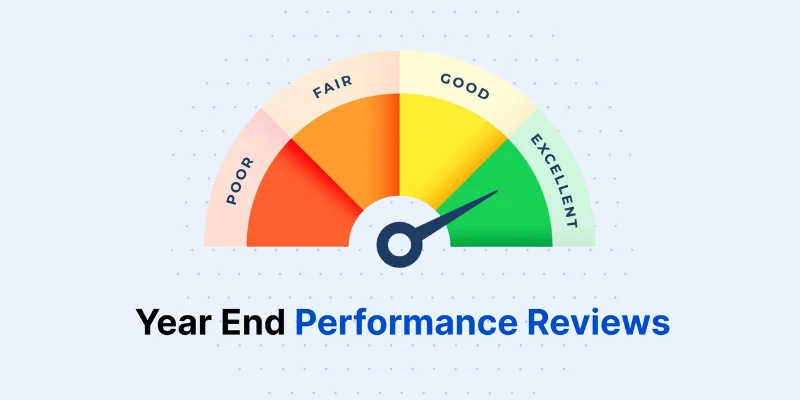Forced Ranking Meaning & Definition
Forced ranking, also known as stack ranking, is a performance management tool. It compares and ranks employees’ performance relative to each other instead of against fixed standards. Managers generally measure and grade employee performance through a yearly performance evaluation.
Experts claim this employee performance ranking method improves workforce quality in theory, but many view it as highly controversial in the management field. Further, this rank and yank system, also known as bell curve appraisal, creates a competitive environment instead of a collaborative workplace environment. Moreover, critics argue that this performance evaluation method can discourage and demotivate employees, besides giving way to unhealthy competition. Consequently, it can also lead to unfair assessment regardless of the actual achievements of the employees.
Rank and Yank System Explained
IIn this ranking system, managers strategically divide employees into three performance-based groups. To begin with, group A consists of high-performing employees. Notably, managers consider these employees the most engaged, motivated, and open to communication and collaboration. They are the top performers, constituting 10% of the workforce, and are subject to promotions and appraisals.
Next, organizations place the remaining 70% of employees in Group B, identifying them as average performers, neither excellent nor poor. They might receive small increments and promotions. Finally, the remaining 10% of the employees constitute group C. These are classified as low performers and removed by the company.
Frequently Asked Questions
Q1. | What is forced ranking in performance management? |
| Ans. | Forced ranking, also called vitality curve, is a controversial employee grading and performance measurement system in which employees’ performance is ranked relative to each other rather than a fixed standard. The employee categorization is done wherein they are put in 3 different groups, namely group A, B, and C. |
Q2. | Which companies have used forced ranking? |
| Ans. | The forced ranking gained attention in the 1980s when it was used by General Electric. This method was called rank and yank system. Moreover, some other companies that used the stack ranking system are Amazon, Microsoft, Google, and Yahoo. |
Q3. | What are the advantages of forced ranking? |
| Ans. | The ranking system recognizes the best-performing employees in the organization. Further, this talent assessment method can also reduce nepotism in the company. The competition between employees can increase their productivity. In addition, this system can also systematize the HR processes as it’s an easy system for evaluation. |
Q4. | What are the disadvantages of forced ranking? |
| Ans. | The forced ranking system can lead to unhealthy workplace competitiveness, which can lower employees morale who are not performing well. Moreover, predefined performance criteria can limit creativity and innovation, as employees may fear penalties for thinking outside the box. Therefore, there can be better HR evaluation methods than this corporate ranking system to measure and assess the performance of employees, which will also motivate them to contribute to the organization. |
Q5. | Is forced ranking still used today? |
| Ans. | There are still some companies that are using forced ranking for performance differentiation in general, but largely it has become dead due to its controversial nature and criticism surrounding its fairness and effectiveness. |
Resources
Explore how HR trends 2026 are shaping workplaces and employee experiences.
Discover how the 9-box grid helps identify and develop talent for business growth.
See how year-end reviews improve performance and organizational growth.





